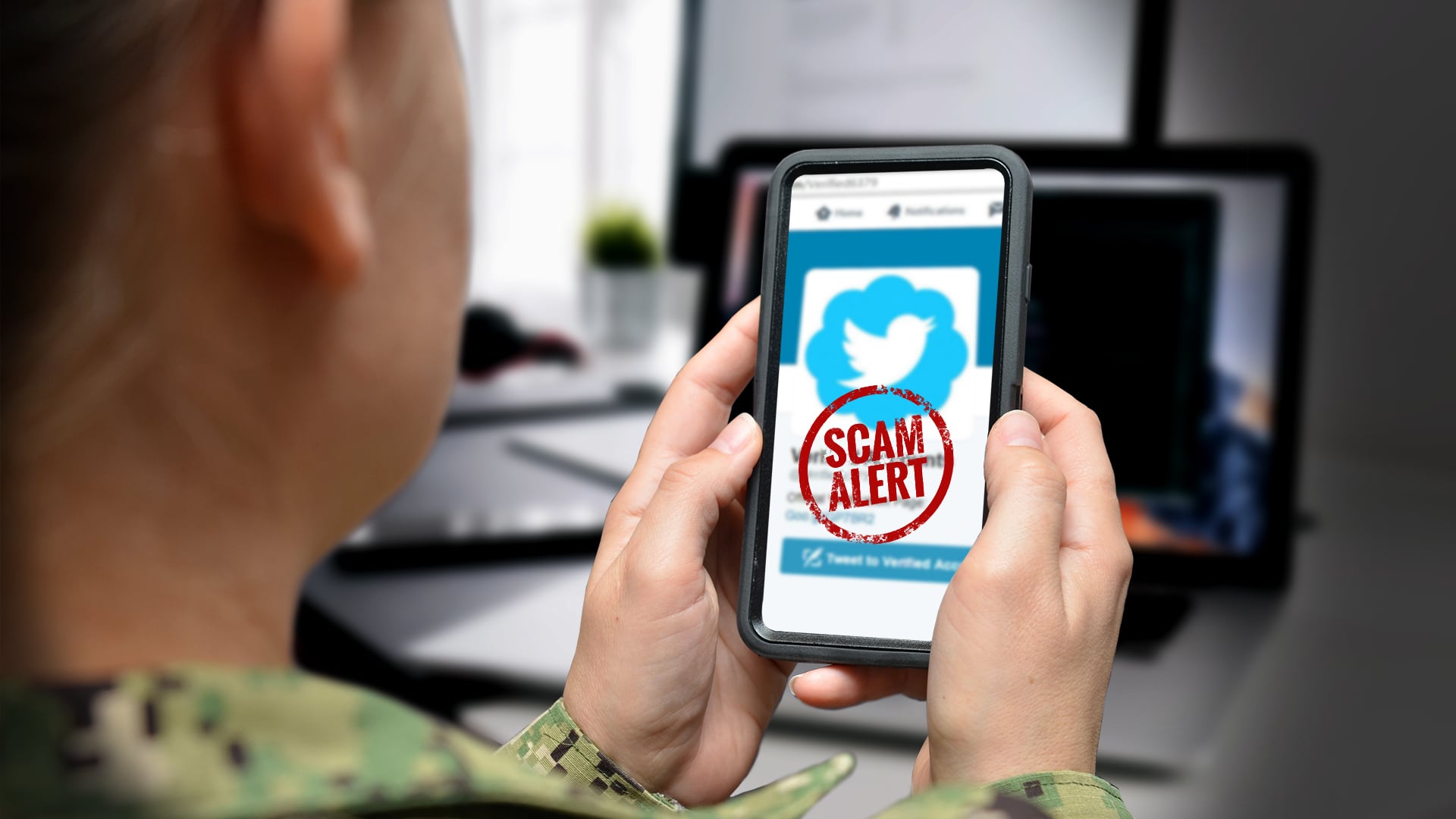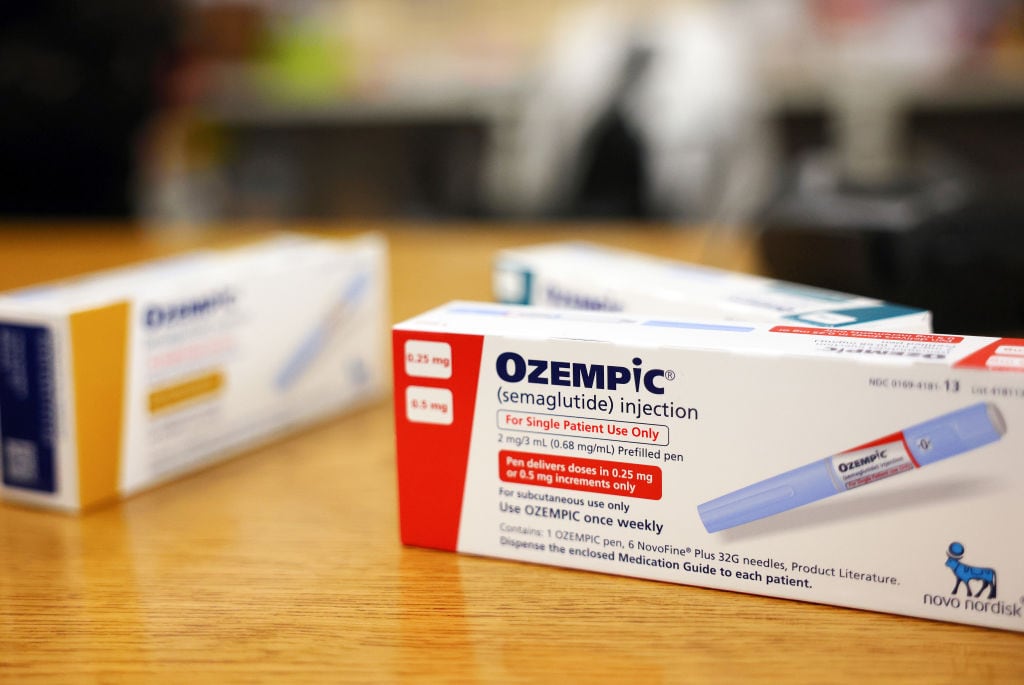The commanding officer of aircraft carrier Theodore Roosevelt is urging the Navy to step up its response to COVID-19 and secure individualized isolation for the ship’s crew as COVID-19 cases aboard the ship continue to multiply, according to a new report.
While most of the Roosevelt crew remains in cramped quarters aboard the carrier, a small percentage of sailors are starting to move into group quarantine sites on shore in Guam to limit the spread of the virus — and only one of these sites is in compliance with NAVADMIN guidance.
As a result, current efforts to combat COVID-19 are inadequate, according to the Roosevelt’s commanding officer Capt. Brett Crozier.
Crozier argued that the group quarantine sites would merely delay the spread of COVID-19 in a letter to Navy officials on Monday, obtained by the San Francisco Chronicle. Likewise, he noted that the Centers for Disease Control and Prevention and the Navy and Marine Corps Public Health Center advise against group quarantine, and instead suggest individual quarantine.
“Sailors do not need to die,” Crozier wrote in the letter. “If we do not act now, we are failing to properly take care of our most trusted asset — our Sailors.”
Crozier said the situation would be different in a time of conflict, because “in combat we are willing to take certain risks that are not acceptable in peacetime.”
“However, we are not at war, and therefore cannot allow a single Sailor to perish as a result of this pandemic unnecessarily,” Crozier wrote. “Decisive action is required now in order to comply with CDC and (Navy) guidance and prevent tragic outcomes.”
The Navy first announced on March 24 that three sailors aboard the carrier had tested positive for COVID-19, and Navy officials told Navy Times 40 sailors had tested positive for the virus as of Monday.
But those numbers could be much higher. An anonymous senior officer on the Roosevelt told the San Francisco Chronicle that as many as 200 sailors aboard the Roosevelt had tested positive for COVID-10.
According to Crozier, there are two options moving forward: either fail to achieve a COVID-19-free ship and “fight sick,” or strictly follow guidelines from the CDC to wipe out COVID-19 from the ship.
Under Crozier’s proposal, approximately 10 percent of the Roosevelt crew would remain on board to operate the reactor plant and sanitize the ship, among other things. The rest would be individually isolated off the ship.
“Removing the majority of personnel from a deployed U.S. nuclear aircraft carrier and isolating them for two weeks may seem like an extraordinary measure. ... This is a necessary risk,” Crozier wrote. “Keeping over 4,000 young men and women on board the TR is an unnecessary risk and breaks faith with those Sailors entrusted to our care.”
The Pacific Fleet did not respond to a request for comment from the San Francisco Chronicle before deadline, and did not immediately respond to a request for comment from Military Times.
In an interview with CBS News reporter Norah O’Donnell Tuesday night, Defense Secretary Mark Esper said he hadn’t read Crozier’s letter, but did not think the ship need to be evacuated.
Acting Secretary of the Navy Thomas said that the Navy “doesn’t disagree” with Crozier, and noted that the Navy has been working to remove sailors from the Roosevelt for days. But limited space in Guam is created some challenges, he said.
“The problem is that Guam doesn’t have enough beds right now, so we’re having to talk to the government there to see if we can get some hotel space, create some tent-type facilities there,” Modly said in an interview with CNN Tuesday.
Likewise, Modly stressed how detailed the process is to ensure that the carrier is sanitized correctly.
“The key is to make sure that we can get a set of crew members that can man all those critical functions on the ship, make sure they’re clean, get them back on, clean the ship, and get the other crew members off,” Modly said. “And that’s the process we’re going through. It’s very methodical. We’re absolutely accelerating it as we go.”
U.S. Transportation Command commander Army Gen. Stephen Lyons told reporters Tuesday he has not yet received a requirement to send test kits or medical supplies and personnel to the Roosevelt. When asked who would send a request for aid to the Roosevelt, Lyons said that the Navy has significant capacity to fulfill the mission.
“But they have a lot of capacity,” Lyons said. "I can’t speak as to what that looks like on the ground so I won’t speculate as to what the requirements might be, but we’re certainly prepared to support them.”
Fox News reported on Friday that the carrier Ronald Reagan also had two cases of COVID-19. The carrier is the fleet’s only forward-deployed carrier in the Pacific, and leaves the door open for a situation where both U.S. aircraft carriers in the Asia Pacific region are sidelined.
In response to the first cases on the carrier, Modly announced Thursday that the deployed Roosevelt would head to Guam.
“We found several more cases,” Modly told reporters Thursday. "We are in the process of testing 100 percent of the crew of that ship.”
“Nobody from the ship will be allowed to leave the ship other than on the pier,” Modly said.
At the time, Modly said all of the sailors were experiencing mild symptoms and none had been hospitalized. The senior officer aboard the Roosevelt echoed similar sentiments to the San Francisco Chronicle.
After the initial cases on the Roosevelt were detected, Chief of Naval Operations Adm. Michael Gilday said the service was bracing for additional cases.
“We’re taking this day by day,” Gilday said.
“Our top two priorities are taking care of our people and maintaining mission readiness,” Gilday said. “Both of those go hand in glove.”
As of Tuesday, the Pentagon has reported 673 COVID-19 cases among service members. New Jersey Army National Guard soldier Capt. Douglas Linn Hickok became the first service member to die of the virus on Saturday, according to the Pentagon.
Military Times Pentagon bureau chief Meghann Myers contributed to this story.
Valerie Insinna is Defense News' air warfare reporter. She previously worked the Navy/congressional beats for Defense Daily, which followed almost three years as a staff writer for National Defense Magazine. Prior to that, she worked as an editorial assistant for the Tokyo Shimbun’s Washington bureau.





